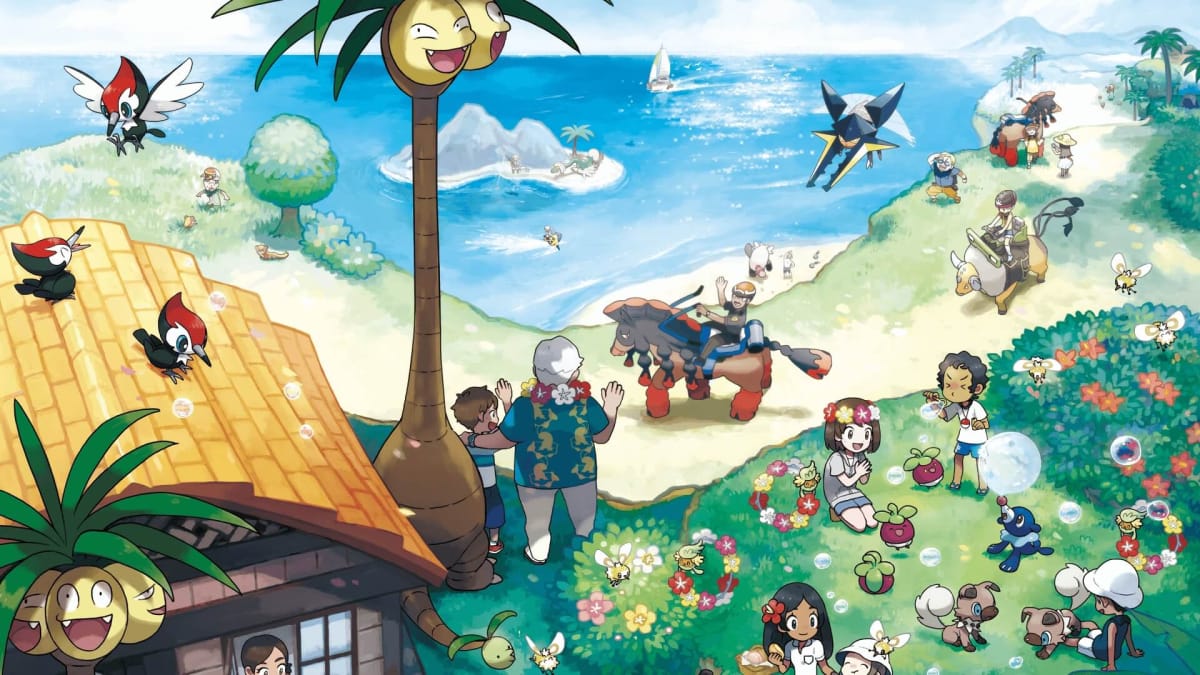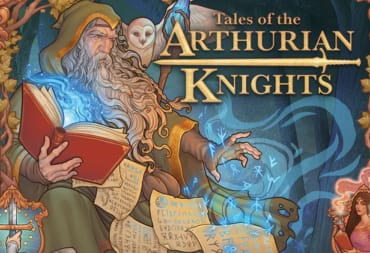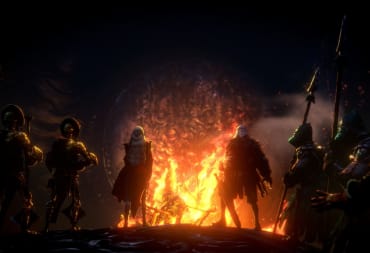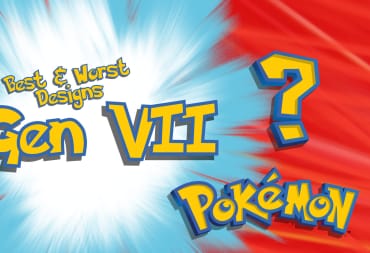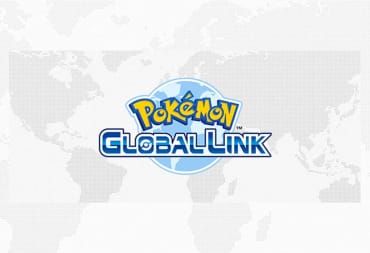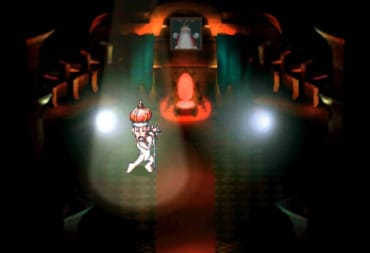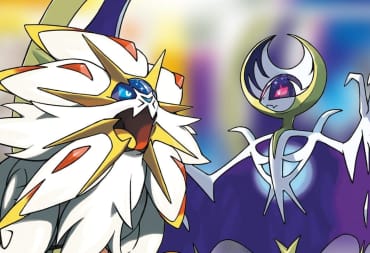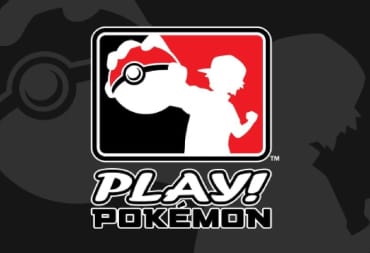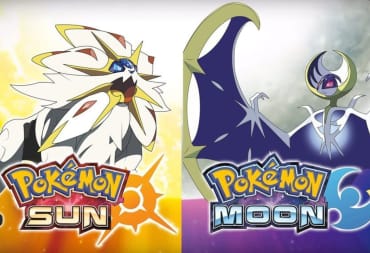The Year of Pokemon continues here at TechRaptor, celebrating 25 years of the monster-collecting franchise with a look back at the games one generation at a time. Last week, we looked at Generation VI. So let’s dive into the details of Generation VII, the development of the games, the new batch of Pokemon, and what the future holds.
By 2016, Pokemon. X and Y had done incredible sales numbers, but morale among the community had never been lower. It was around this time it became plain that as we were growing, Pokemon was not growing with us. It was hard to be angry; it's a kids' game after all, and the merch, anime, and licensing had always brought in way more money than the games. But still, while XY offered a step into the third dimension, it was hard not to feel like the age of Pokemon was over. Then, a Super Bowl commercial.
It's odd, as far as commercials go. Especially multi-million dollar commercials. It wasn't an ad for anything at all; it was simply stating to 100 million people at once that Pokemon as a franchise still existed. It still held an important place in our hearts. Each and every one of us still wanted, somewhere deep down, to be the very best like no one ever was. And then, that June, the magical summer that seems like a fairy tale now happened thanks to Pokemon GO.
I likely don't need to remind you of how that summer felt like the last time the world was really at peace. Chances are you were out there with your friends, with your family, with strangers; making both new connections and rekindling lost ones over the greatest shared love in the world: Pokemon. It should come as no surprise that Pokemon is the largest media franchise in the world, and it isn't close. People from every country, every socioeconomic class, every walk of life know Pikachu; most have dreamed of catching one, as well, if only for a moment. In Pokemon GO, they finally could. You could walk outside and catch that Bulbasaur you'd wanted since you were three. And all of your friends were out there with you. Pokemon GO brought the franchise back to life with startling and unprecedented vigor, and right at the height of it, right at the apex of the second wave of Pokemania: Pokemon Sun and Moon.
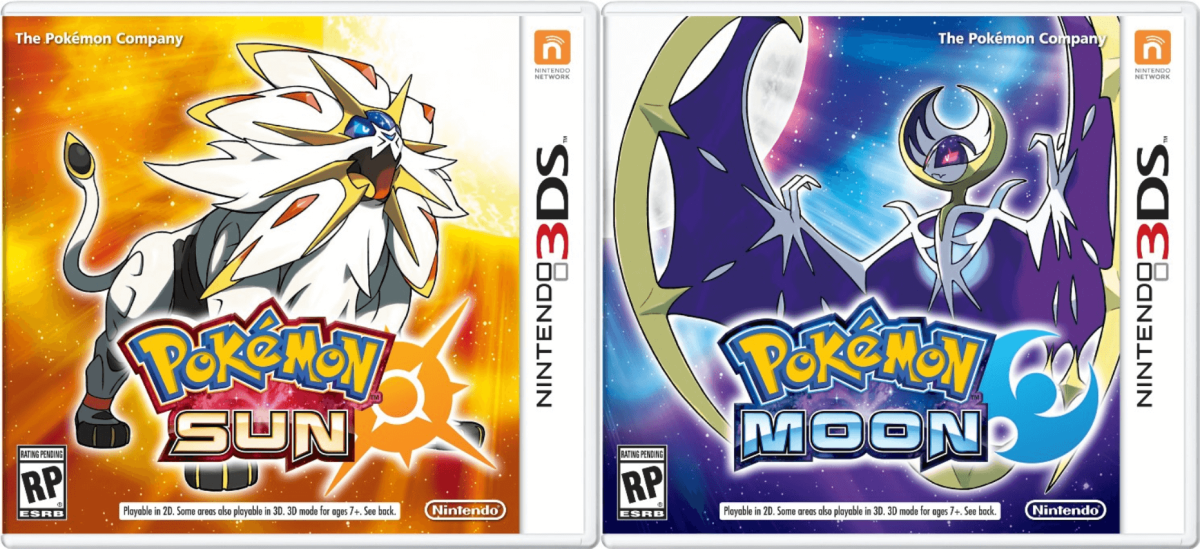
Generational Changes
First and foremost, I must pay tribute to Alola, the gorgeous new region in which Pokemon Sun and Moon are set. Alola is my favorite region in the franchise by a good margin, and it's due to both the aesthetics and the intelligent design. Alola is based on Hawaii, bringing the franchise to a tropical setting that it had never tackled before. Everything from the climate to the food to the clothes and shops is Hawaiian, showcasing both the lives of the native islanders and the tourist side. Vibrant greens, yellows, reds, pinks, and purples round every corner, with an ardent blue ocean lapping away in the distance. You can almost taste the salt in the air and smell the sweet scents of tropical flowers. The four islands that make up Alola are easy to travel between by boat, erasing the sometimes valid "too much water" criticism of other regions' maps. Just being in Alola is its own reward.
The 3D overworld is enhanced with 3D Pokemon battles with a free-floating camera, featuring the trainer and their Pokemon fighting side-by-side as in Pokemon Colosseum and XD. More buildings can be explored than ever before, with new fashions and new foods to try between the tourist traps and humble malasada kiosks. But all in all, the overworld was just a refined version of what was presented in XY, with more interactions and more mysteries than ever before.
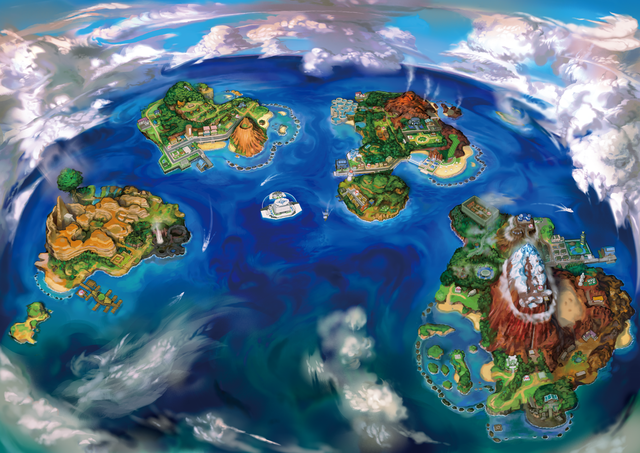
The biggest mechanical change was, of course, the absence of gyms; after six generations of presenting gyms as just another feature of Pokemon, they were banished to history (until the next generation) and replaced with Island Trials. However, Island Trials were essentially just reskinned gyms. You'd do an individual quest, some of them pretty fun, and then battle the totem Pokemon to claim the prize. Totem Pokemon were a welcome addition to Alola, oversized and overpowered versions of wild Pokemon that had the ability to summon minions during battle. Totems kept the Island trials fresh, as there was no real gym leader equivalent to defeat; instead, there was simply a wild force of nature. This is where I start to illustrate my point: Sun and Moon did the right thing by leaving behind trappings of older games, but stopped just shy of trying something totally new.
Also added in were the Island Kahunas, supposedly very difficult boss battles. While these posed a small challenge, they were again made easier by the EXP share contributing full EXP every battle to every party member. Luckily, this was an option you could turn off to have a moderately challenging playthough—for now. I experienced some wild difficulty spikes and dips in Pokemon Moon, specifically with the Totem bosses. I remember dying two or three times to Wishiwashi, and over a dozen times to Larantis; however, Salazzle, a later Totem boss, I defeated in one hit. Your mileage may vary with this one.
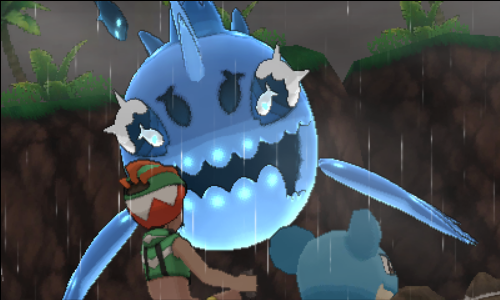
HMs also disappeared, replaced by the much-beloved Pokemon ride share system. Need a lift up the mountain? Just press the D-pad and call a ride share Mudsdale. His name is Frank, and he does accept tips. HMs were a relic of a time in JRPGs long past when there weren't more efficient ways of map progression. Removing the need to lock off 4-6 moves from your party for HM slots was a godsend. The map's naturally growing access as you progress through your journey felt more natural than HM abilities like Cut and Fly, and would only be streamlined further in Gen VIII.
While Megas had quietly faded into the background (although they still existed in Gen VII), the newest gimmick took center stage in the form of Z-Moves. Z-Moves were ultra powerful attacks that one Pokemon could perform one time during a battle, perhaps turning the tide in an otherwise inescapable situation. Z-Moves were definitely not as sexy as Mega Evolutions, but they were infinitely more balanced. Every Pokemon had access to the same Z-Move set (with a few special exceptions) and could utilize this power. It wasn't exciting, and outside of Primarina's Z-Move they never really got me excited. But they were non-intrusive, and for that I welcomed them.
Many new smaller features appeared in Sun and Moon, such as the Festival Plaza, a QR code scanner for event Pokemon, Hyper Training to allow trainers to maximize their Pokemon's IVs, the Zygarde cube collectathon, and a new Battle Royale format. During battles, moves now displayed how effective they would be. Originally, I thought of this as another way to make the game too easy, but upon further reflection I can't expect everyone to have memorized the type chart when they were nine years old like I did.
The Poke Pelago was a wonderful invention whose absence is felt in Generation VIII. Instead of living in cold, square data boxes in a PC, Pokemon kept in storage would travel to a digital paradise called the Poke Pelago. I always had felt a bit guilty for locking my spare 'mons in the PC forever, but no more! Pokemon could now hang out, go on adventures into the internet, collect treasures, chill in a hot spring, and just eat beans to their hearts' content. This was how it always should have been. Pokemon are more than pieces of data to a lot of us, and making sure they're having a good time when not with us is a nice thing to know. The removal of this feature in Generation VIII was a surprising step backwards, and Pokemon would once again be confined to a folder in a PC or the Pokemon Home app.
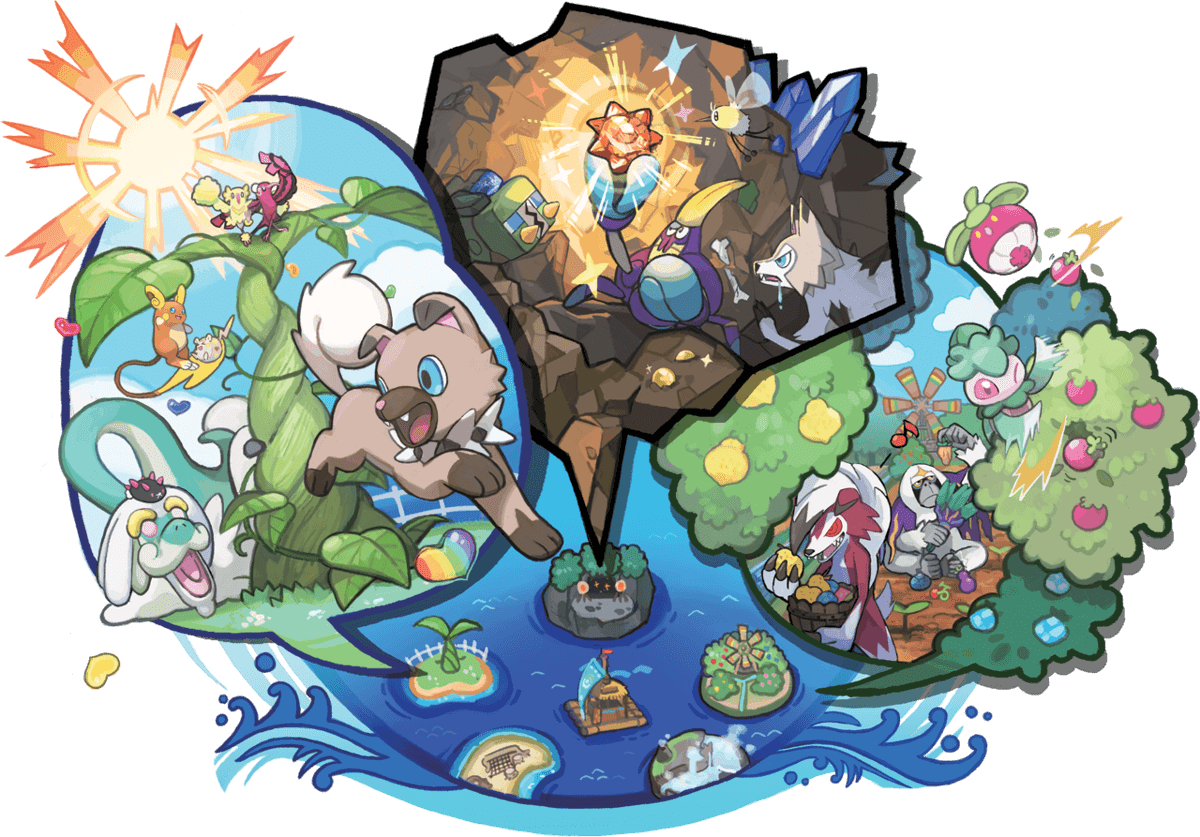
The Story
In Generation V, Game Freak crafted a wildly elaborate and multi-layered story that I maintain didn't really pan out. Still, they tried. In Generation VI, they threw Pokemon War spaghetti at the wall until something stuck, and that something was an immortal Floette. Trying a different approach for Gen VII, Game Freak seems to have fallen prey to the common mistake of "more story is better story." There is a lot more story in Sun and Moon than any other game in the franchise. Perhaps if it had been more concise, it might have made an impression. As it is, the extended story drags and suffers from pacing problems constantly.
Look, I love long cutscenes when they're interesting. Death Stranding is possibly my favorite game of all time. But even I didn't have the patience for the constant barrage of five-plus-minute unskippable cutscenes during the story. During some segments of the game, you are subjected to a volley of cutscene - walk for 30 seconds - cutscene - walk for 30 more seconds - repeat. It is, by the end, unbearable. And almost none of it is that interesting or even relevant to what you're doing. The story beats and cut scenes are probably the weakest part of Sun and Moon, but unfortunately they are mandatory. The subject matters presented, such as the Aether Foundation and Ultra Beasts, are compelling without a doubt. It's just the long, drawn-out way in which these things are presented and revealed that kills them. This is a 50-hour game that would be 10 hours shorter without unnecessary cutscenes.
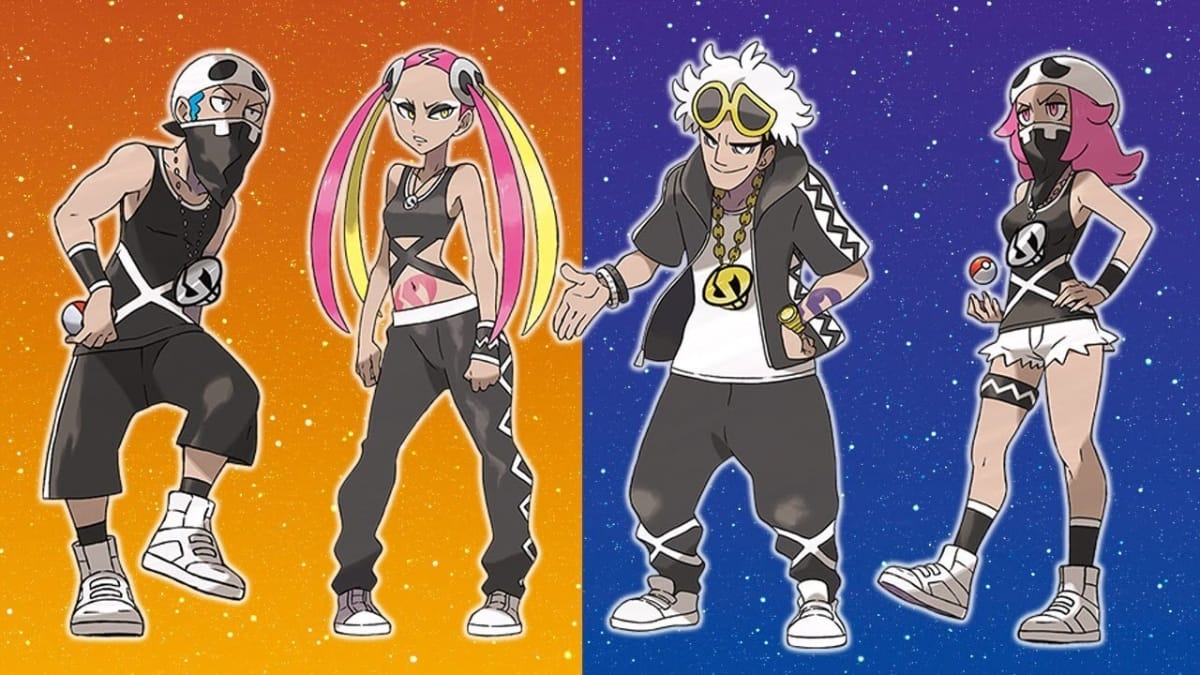
I don't make this claim lightly: Team Skull are hands down the best evil team in the franchise. While Team Rocket is of course classic, Team Skull manages to be threatening, hilarious, dumb, and edgy all at the same time. It's a line that few can walk. While the leader, Guzma, is a little more of a classic mob-boss archetype, the team's aesthetic is unbeatable. I can hear the hip-hop theme that follows them playing in my head right now as they attempt to badly krump their way across Alola. Team Skull is presented as less of a "bad guy team" and as more of a faction, alongside the Aether Foundation, and plays a major role in the unleashing of the ultra beasts. Basically, Team Skull is pure vibes. This is the silliness that is inherent in Pokemon I wish they'd embrace again, and come on. Those clothes are ridiculously fun.
To face off against the likes of Team Skull and the mysterious Aether Foundation, a new hero enters the fray! The player character has just arrived in Alola after moving from Kanto with their mother and pet Meowth. This premise is replicated in perhaps the best game trailer of all time, in which a young Japanese boy moves to Hawaii with his mother and feels distant and left out—until, however, he connects with the other children with something that breaches language and culture barriers: Pokemon. Our hero meets their companions for the journey, the slightly annoying rival Hau and the ditzy but determined Lillie, and sets forth to see what Alola has to offer. Not to mention Nebby! I loved the companions set up, where Hau and Lillie would travel with you to each island and be with you for story events but leave you to your own devices for exploration.
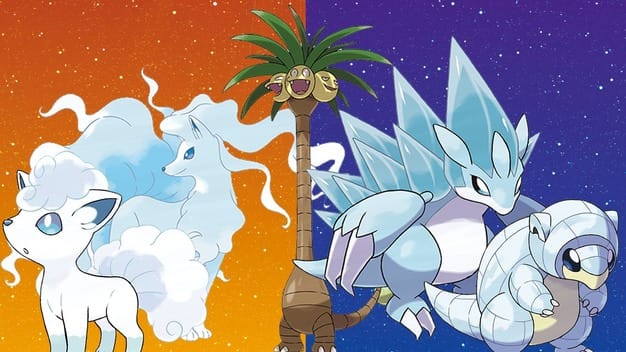
In addition to the host of excellent new Pokemon we found in Alola, regional variants made their first appearance. I love regional variants. I will take any amount of them any day over new evolutions or baby forms. An Ice Ninetales, a Fire/Ghost Marowak that's a fire spinner, the long-neck Exeggutor, and a surfing Raichu are just a few of the gems we got this generation. In addition, we had some real winners with legendaries like Solgaleo and Lunala, both top-tier designs. I thoroughly enjoyed the new starters as well, and Rowlett is one of the all-time best starters. As far as third-stage starters go, the fairy/water mermaid Primarina might be my favorite of all time, and I've worked hard to raise a young, healthy Primarina that's ready to sing people to death.
Sun and Moon were topped off with perhaps the biggest rip-off in series history: Ultra Sun and Ultra Moon. These alternate versions are probably best described as Director's Cut editions, with bits of new content strewn around and about five hours of new content appended on to the end. If you have played Sun and Moon, you have played Ultra Sun and Ultra Moon. Do not pay $40 to play the same game again. Barely any work went into these versions, and the audacity of charging $40 for a new game instead of just making a DLC is insane. If you have not played Generation VII yet, definitely choose the Ultra versions though. As I said, it just adds a bit of content.
The Future
We are almost caught up with the present! Soon we'll travel to the Galar region and end our journey, losing the National Dex in the process. Pokemon would become easier and more commodified, with the games taking even more of a back seat in the franchise's development. The last vestiges of true inspiration in development remain here, and would seem ever better in retrospect upon receiving the rushed-out Pokemon Sword and Shield. But the fact remains that Pokemon has become bigger than ever since then, so really, what other way could it have gone?
Have a tip, or want to point out something we missed? Leave a Comment or e-mail us at tips@techraptor.net
